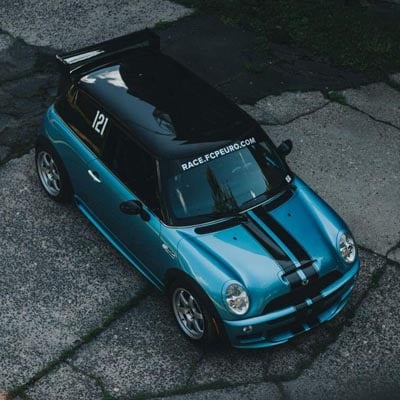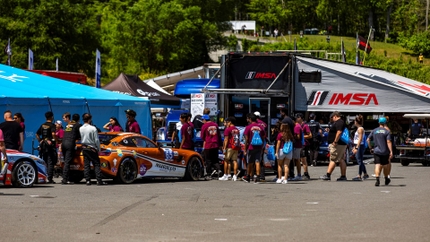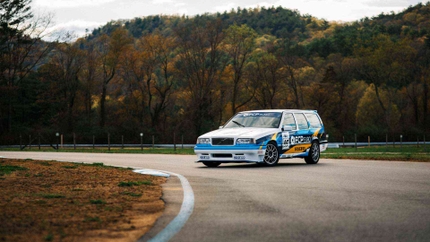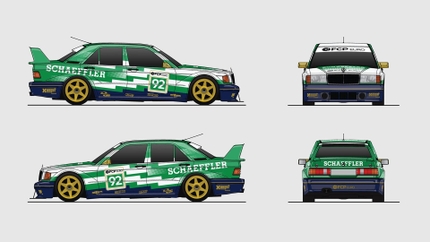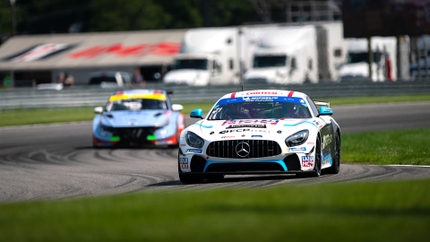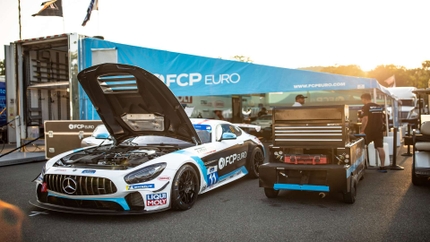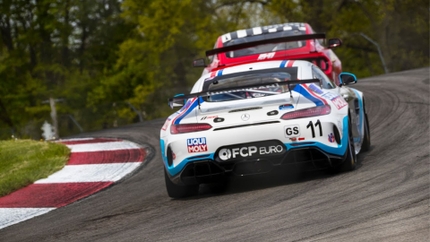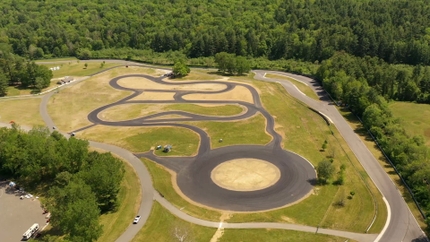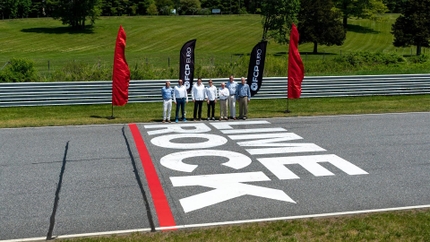- 02/10/2020
- 1 Min Read
- By: Evan Madore
Motorsport Mondays - TCR Teardown: Day 6 - It's In The Details
What’s the oil change interval on a sequential SADEV gearbox? How do you figure out what tire pressures to run during a qualifying lap? And what exactly are the settings for camber and caster to optimize your vehicle’s contact patch during a hot lap?
All of that and more will be in our latest series, Motorsport Mondays.
By now, you know about FCP Euro’s motorsports documentary series, The Paddock. It provided a behind-the-scenes look at the inner workings of our motorsports program, from securing sponsorships, traveling to races, and even some of the hardships we faced throughout each weekend at the track. But this year, we’re going to do things a little differently.
This year, our program is coming in-house. What’s that mean? Rather than using a logistics partner for the transport, prep, and race support, we’re going to do it all ourselves. That includes working on the cars in the off-season, transporting them to the race, working on them at the track during a race, optimizing them for winning the event itself and, more importantly, running it all out of the same facility that you pick up your parts. It’s a massive undertaking.
If I had to summarize Motorsport Mondays in one sentence, it’d be: translating how working on two professional championship-winning race cars can help you work on your European car. Our Volkswagen GTI TCRs are just cars, after all, and there’s plenty of things we have under our belts that could help you in your endeavors, whether it’s in your driveway doing routine maintenance or at a track going after your own fastest lap.
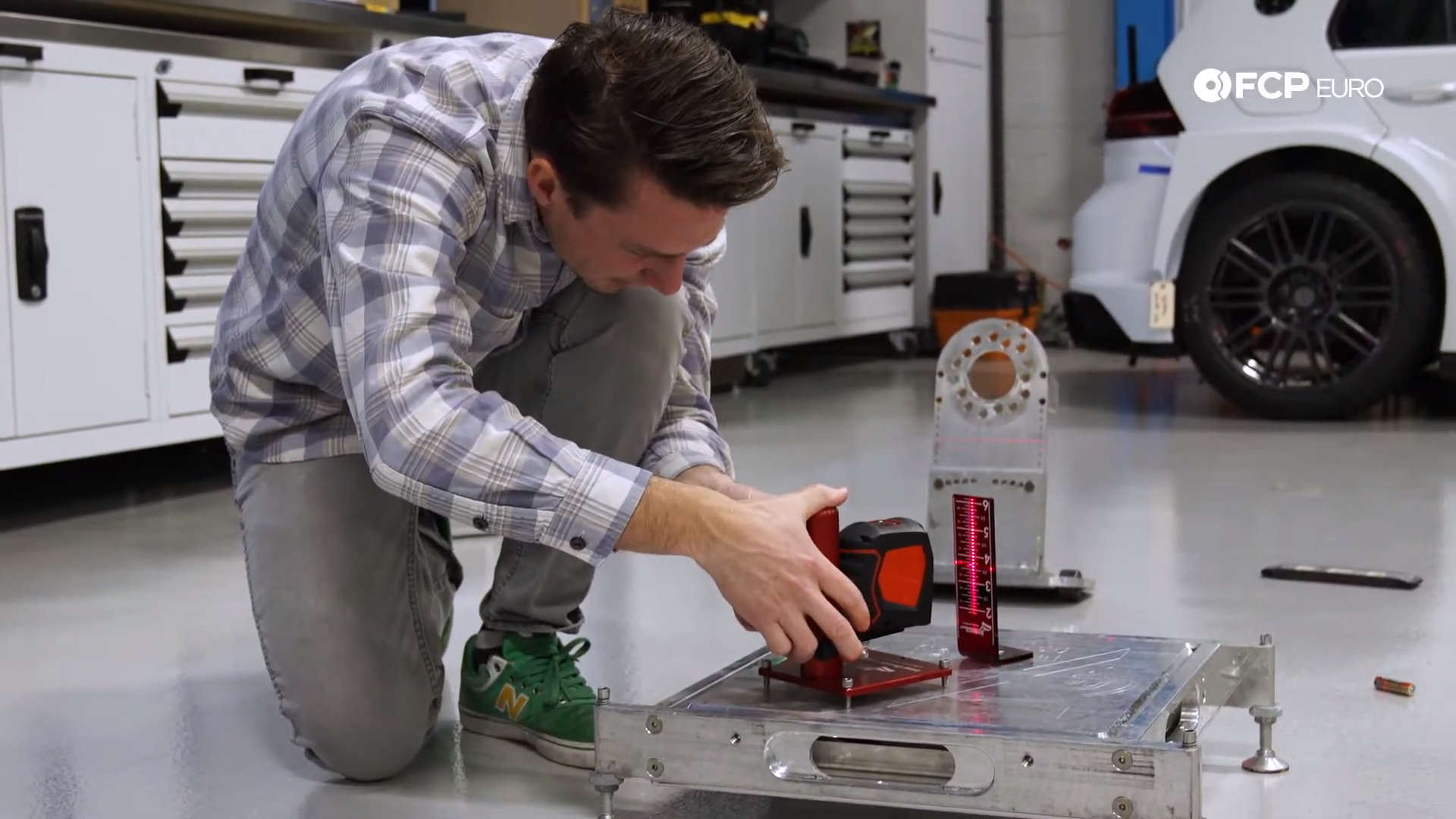
Last week on episode five of our Motorsport Mondays series, the sequential transmissions were broken free of the hold of the engines, prepped, and crated up for shipment to Sadev. As you read this, they should be on their way back to the shop to be mated back up with their engines.
This Monday, the team dove into the small details, tackling much of the housekeeping that you might not realize goes on behind the scenes. One of the jobs that gets done most often during a race weekend is setup changes, and to do that, you need specific measurement tools. The first task of the night was making sure that all of our tools for the road were in working order, and that they were accurate to the stationary versions in the shop. This was done by setting the car up twice on both sets of tools to compare results.
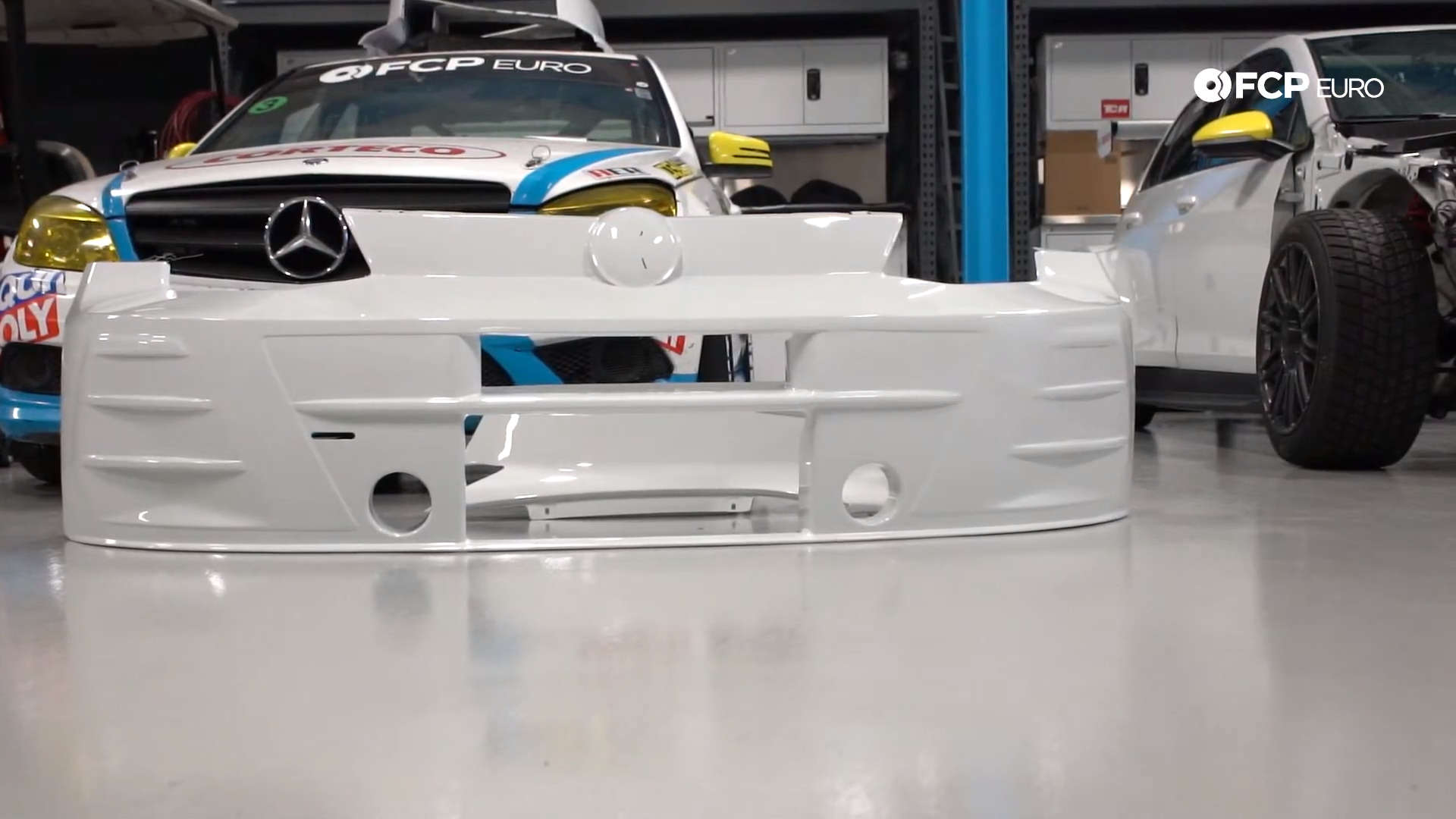
While this was happening, we took delivery of the freshly refinished bumpers. After multiple seasons of racing, a few off track excursions, and some friendly teammate encouragement, the bumpers had seen better days. Back from the body shop, the bumpers came back looking pristine once again, and all ready for their new liveries. I give this about two races before they're back to looking race-worn once again.
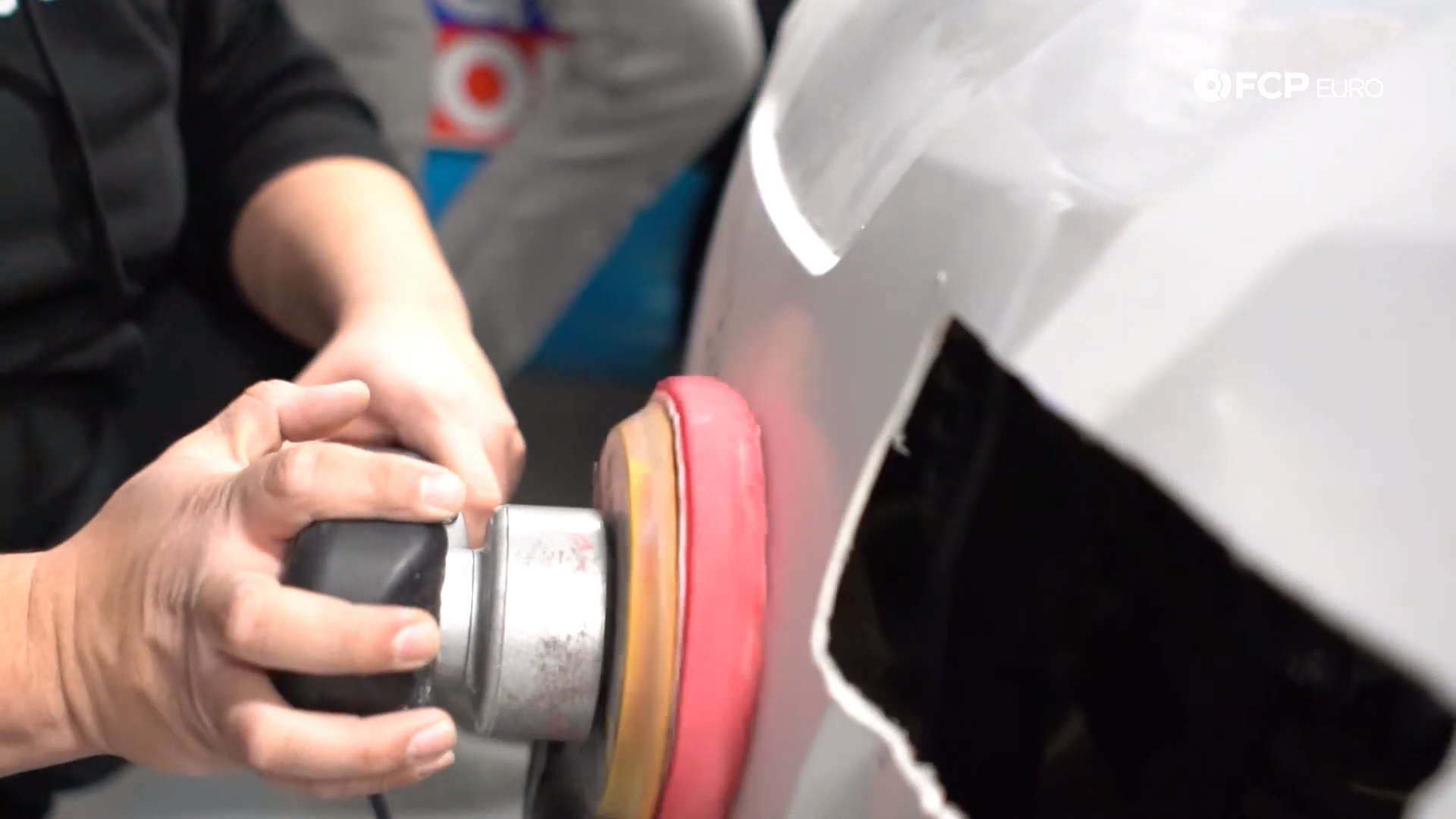
Other members of the team such as Mike Hidalgo and Michael Hurczyn started to spruce up our pit carts. We wouldn't let our cars drive around looking so worn-out, so why would we let our golf cart and our pit cart? The golf cart's white paint was looking a bit dull, and if you've seen any of Hidalgo's cars, you know that he knows how to bring that shine back. Meanwhile, Hurczyn worked on getting the pit cart ready for its new wrap. All of these small details might normally go overlooked, but when combined together makes everything come together.
Like the series? Want to see something specific related to our race cars? Have questions about working on your race car? Please leave it in the comments below.

